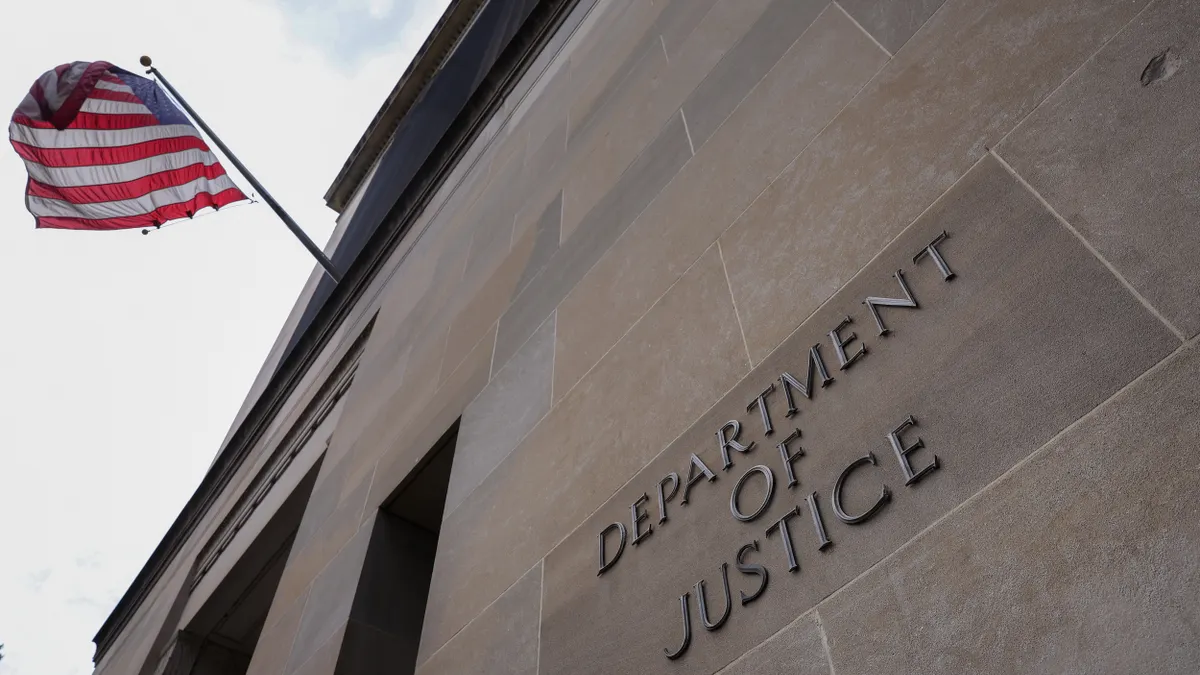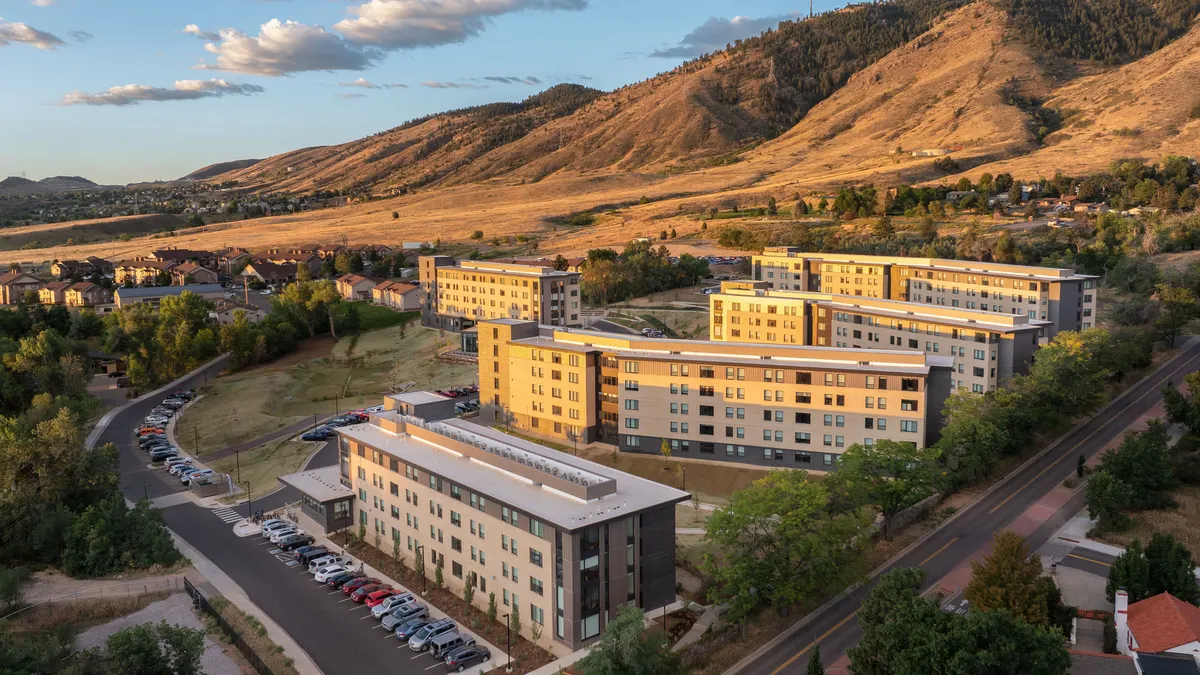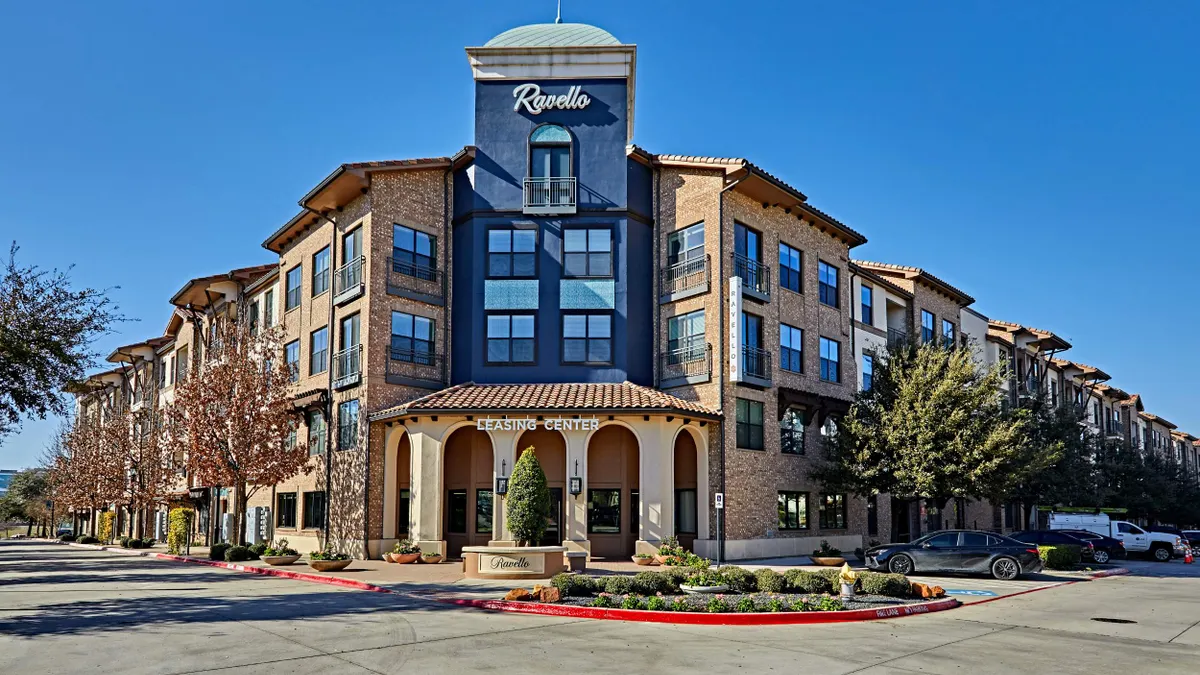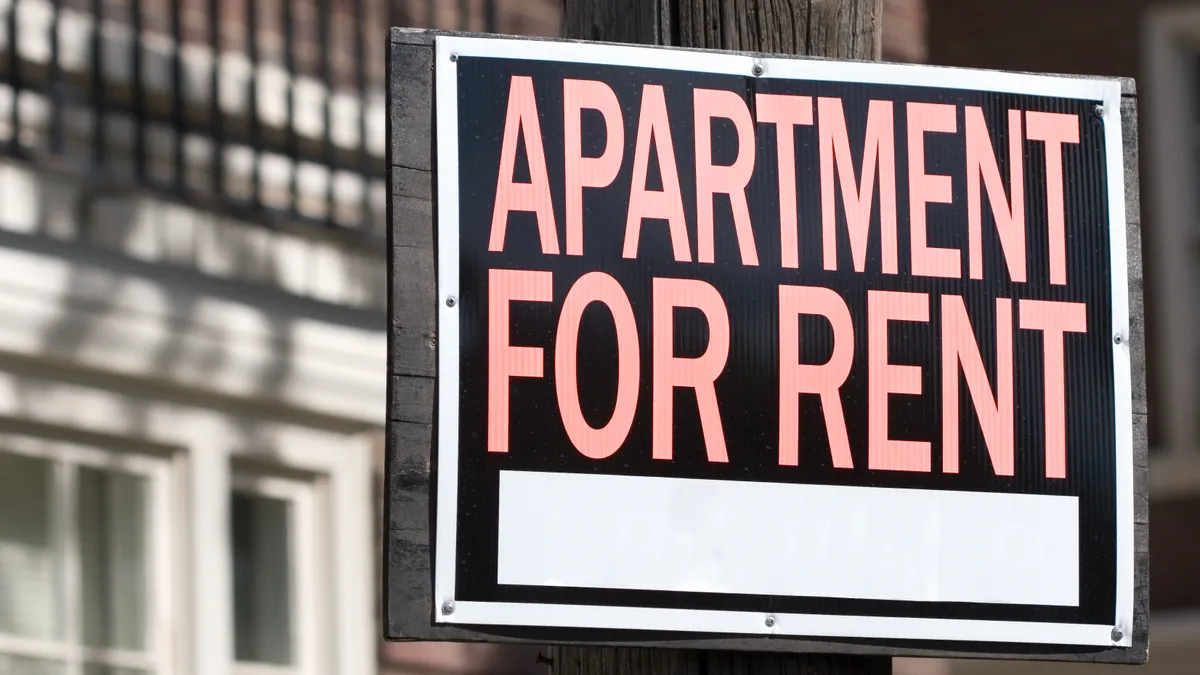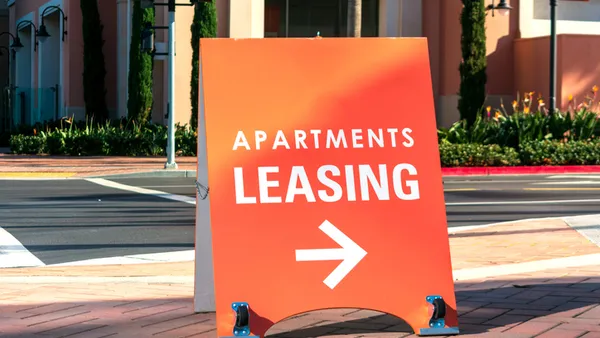For rental housing economist Jay Parsons, former chief economist at Richardson, Texas-based RealPage, the biggest driving force in the multifamily market right now is its unpredictability.
“The big thing everyone's watching right now is the tariff uncertainty, and the financial markets tied to the tariffs,” Parsons told Multifamily Dive.
While the actual impacts on construction materials may be minimal, the effects of tariffs — both actual and potential as the 90-day pause continues — on the economy could have ripple effects on the fundamentals that drive the sector.
Currently, most of the reciprocal tariffs that took effect on April 2 are on a 90-day pause, except for tariffs on China. As of now, until the pause ends on July 31, imports from all countries are subject to a new 10% tariff, while imports from China have a new 125% tariff.
Here, Parsons — currently an independent consultant and speaker, partner at Irving, Texas-based multifamily investor WayMaker, and advisor to Dallas-based JPI and Lubbock, Texas-based Madera Residential — speaks with Multifamily Dive about the future effects of tariffs, supply and demand, rent growth and rent control legislation.
This interview has been edited for brevity and clarity.
MULTIFAMILY DIVE: In your view, what effect will tariffs have on the multifamily sector, and why?
JAY PARSONS: It looks like the impact on construction costs will be fairly minimal at the moment, especially for builders who are building wood-frame garden apartments, which is what represents most apartment construction in the U.S.

The reason for that is, a lot of a lot of builders already use American lumber, and there's been a big effort to diversify the supply chain outside of China over the last six, seven years. So that reduces the impact somewhat.
I think the bigger risk is the potential for slowing the economy. Moody's and others have raised the risk of a potential recession. And so obviously if there's a demand side slow down, that’s the real concern everyone's watching. Best case scenario, all this gets resolved quickly and restores confidence among consumers and businesses.
What does the multifamily market look like right now?
Demand has actually been really strong. It's more a fear that if the economy does hit a speed bump or even more significant slowdown due to tariff issues, then we would likely see demand slow down as a result.
Typically in a period of recession, we see more household consolidation, so renters doubling up, which has not happened so far in the cycle, even with inflationary pressures and higher vacancy, and therefore downward pressure on rents.
How is rent growth looking?
It looks like we bottomed out on rent cuts late last year, and so far this year we've seen very incremental upward momentum — not significant, I think, nationally around 1% on rents. And what's happened is that in the lowest of rent growth markets like the Midwest, some in the Northeast, we've seen rent growth accelerating moderately, nothing like we saw in 2021 but moderate acceleration.
And in places like Austin, Texas, we've seen the pace of rent cuts has decelerated, so it's still negative in a place like Austin, but it's not as deeply negative as it was three months ago.
How will apartment supply behave in the near future?
Starts have been declining the last two years. We've been completing more units than we start each month for 18-plus months, and so that makes it pretty easy to look ahead to the next couple of years.
Most markets peaked on supply either late last year or the first part of this year. And there's still quite a bit to work through for the remainder of this year, but I think by the time we get to the fourth quarter, people will start to see we've already moved downward on it. I think it's still elevated, but moving down.
By the time we get to a later part of the year, I think that the dropoff will be more significant. And by 2026 — that's looking to shape up as a fairly low-supply year. I think we could end up with less than 300,000 units.
What industry trends are you keeping an eye on?
The uncertainty for investors. Going into this year, it seemed like there was renewed momentum. There was some fluctuation of the 10-year Treasury rate, but everybody knew supply was coming down, and rents were starting to turn the corner. And so vacancy rates were coming back down.
And so gradually, you started to see, I think, a little more bullishness around the sector, and not a ton of deal activity, but we did see a steady increase in deal flow.
I think you're going to see two things: You're going to see investors who say, hey, we want to be in the game while others are sidelined, but what they're really looking for is sweetheart deals that may or may not exist. And then you're going to see others that are choosing to wait and see, wait this out.
It's too early to say how it's going to play out, but I think one thing that is an important trend to watch is if we see a freeze of some level in apartment sales.
What do you think about Washington state’s recent passage of rent control?
We continue to see policymakers ignoring the science and research around rent control, knowing that it backfires against the very people it's meant to protect. So rather than making construction easier in Washington, they're disincentivizing it.
One of the things that's particularly unusual about their bill is that the version that I last saw only exempted new construction for 12 years, which really impacts the liquidity of those newer builds. And I think we'll likely have some limit on who is willing to build in the state of Washington, given that 12-year exemption.
The other thing I think a lot of people are glossing over is that while cap has been set at 7% plus inflation, to a max of 10 — obviously most renewal increases are almost always going to be in that range — but it sets the precedent for it as a slippery slope. We've seen this elsewhere in places like New York, they've expanded or revised the rent control rules or rename them, etc., four different times.
So I think that the precedent is going to likely lead some developers and investors to maybe not consider the state of Washington. Not everybody's going to do that, but I think there’ll be others who’ll say, “We don’t want to mess with it.” It definitely adds a lot of risks to future investments.








